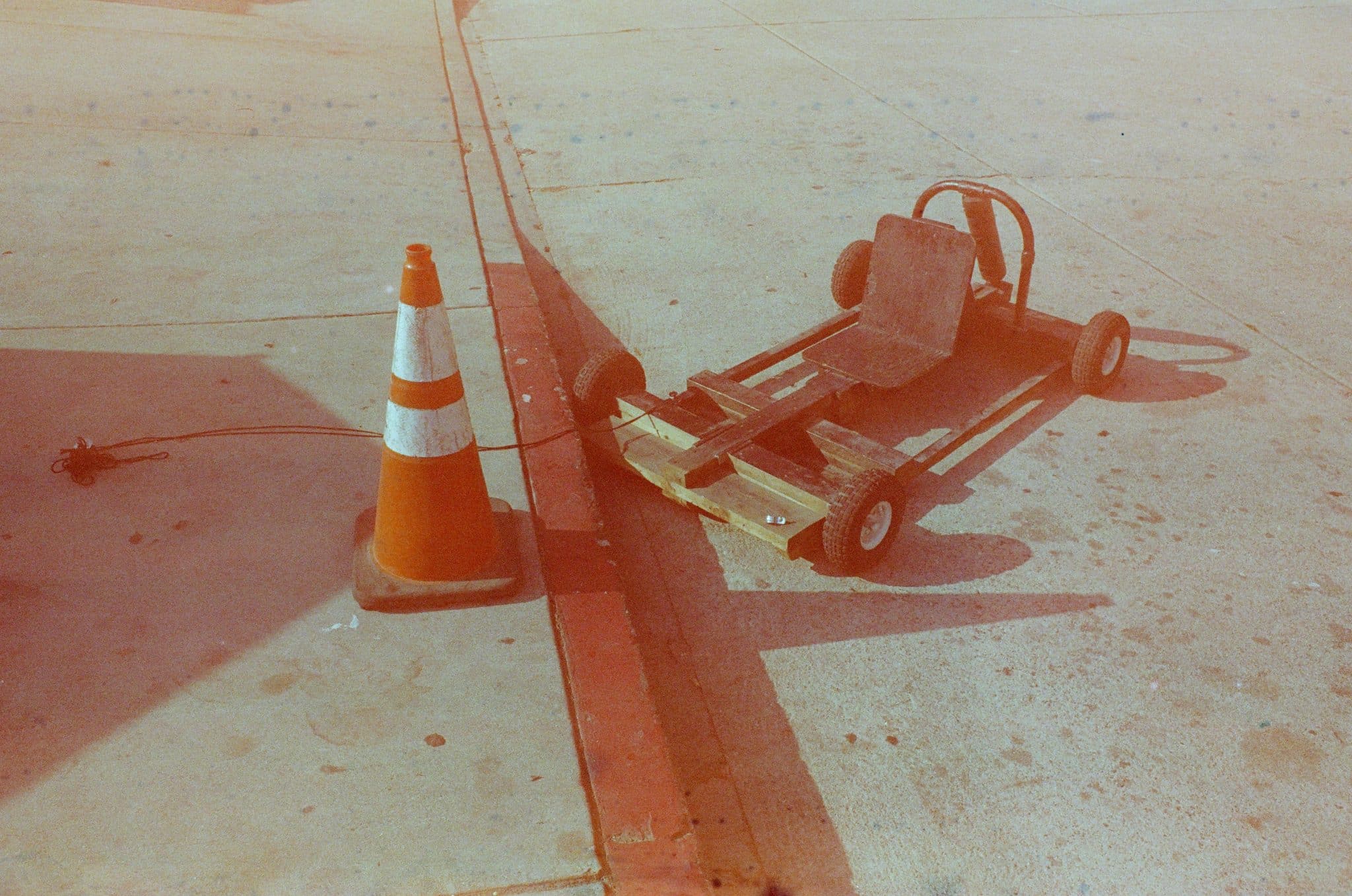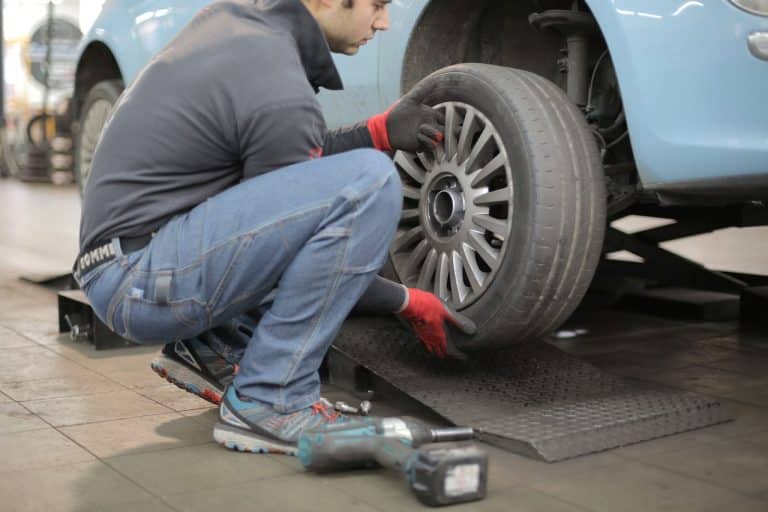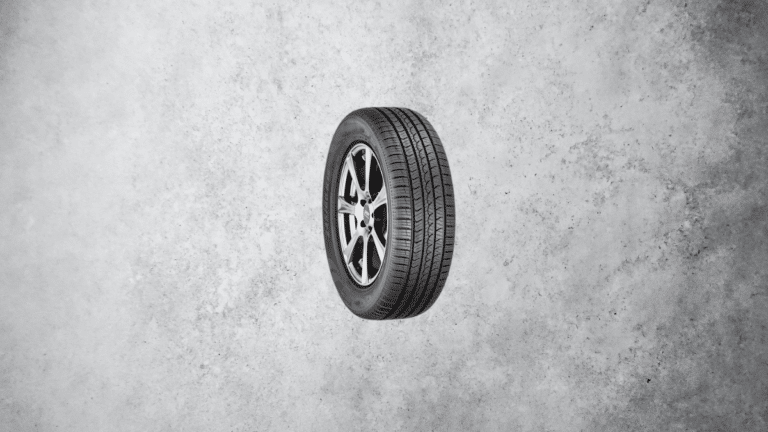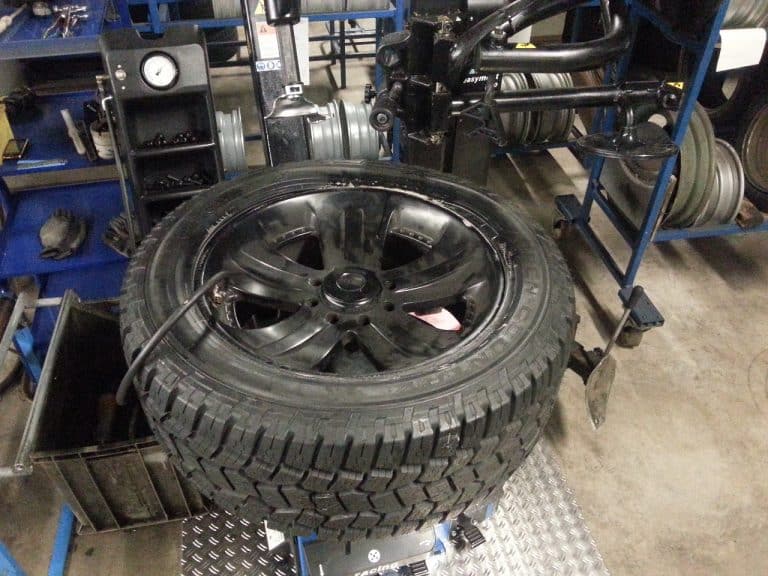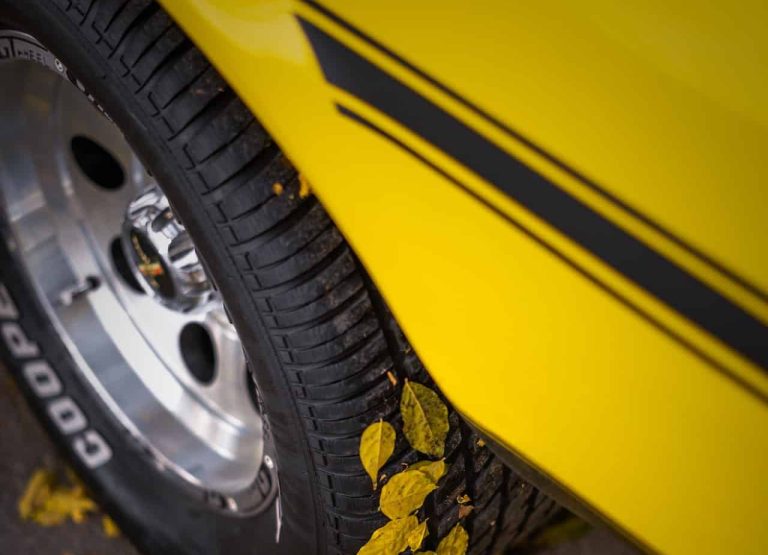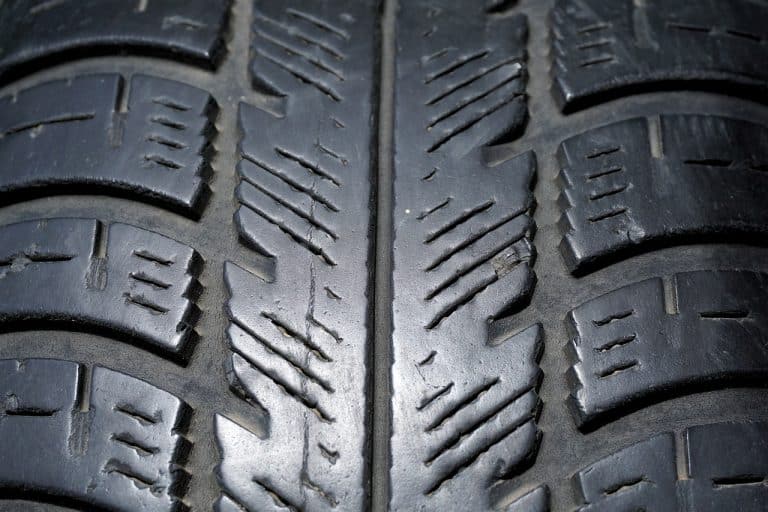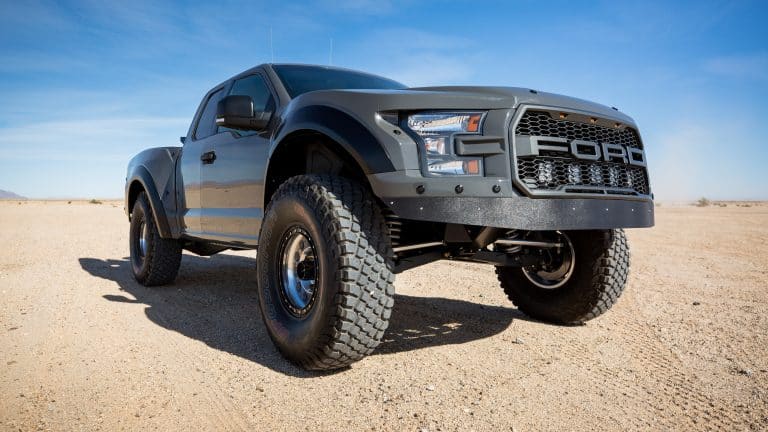Can you damage a tire when going over a curb?
Owning and driving a car means that you’re exposing it to all kinds of wear and tear over the years. This applies to any consumable part, which is why manufacturers design them to be replaceable. Depending on the part, some of them can go a long time, while others aren’t as long-lasting.
Tires are the part of the car that may not be as short-lasting as an air freshener, but they also won’t last a decade. In every situation, you’ll either replace them because they are worn down or because they are old. I have a guide on both, so check them out to get an idea of what I’m talking about.
In an ideal situation, the tires should live out their life worry-free from damage or blowouts, but that’s not always the case. With potholes and large cracks aside, there are situations where we are at fault for damaging the tires. One common situation is going over curbs, so most people ask if it’s possible to damage a tire.
Today I’ll answer the question and talk about potential cases. Things aren’t as simple as they seem and there isn’t a straight answer to this question.
Why are curbs a potential risk to tires?
To give you a better representation of if you should expect some damage and what kind it would be, let’s first talk about why curbs are a tire’s greatest enemy. The idea of tires hasn’t changed since the invention of the wheel. A rectangular form designed to roll over a smooth surface enabling a large cart to move. Modern tires follow the same principle, as the tires roll and move your car. It’s a much more complex piece of machinery, but it’s the same principle.
Tire manufacturers design passenger tires to be driven on paved roads. Sure, they aren’t as smooth as glass and you’ll come across the occasional bump or pothole, which modern tires don’t have massive issues with. The sidewall has a bit of flex, so it’s not a massive issue. With curbs, things are different.
Most curbs are at a 90-degree angle and, depending on the height, the tire gets squished under the weight. In some cases, this won’t be a massive issue, but in others, it can cause a problem. Now it’s time to answer the big question, can you damage a tire when going over a curb?
Can you damage a tire when going over a curb?
There are tons of variables here, but the two main ones are the speed of the car and the height of the curb. The condition of the tire also plays a role, but let’s look at these two first.
The first thing we should talk about is the speed at which you go over a curb. Every driver has gone over a curb at a certain point, so why is this an issue? For the tire, the curb feels like a stair, so it needs to go over it. Most people are very gentle when going over curbs because it’s not the most comfortable experience. Besides, yes, going over a curb can cause damage to the tire or some other component of your car.
Now let’s talk about the height and form this should be combined with the speed you’re going over the curb. If we’re talking about a smaller curb, like an inch or two, in most cases the tire and car will be fine, even at greater speeds. The overall diameter of the tire is usually large enough for the tire to go over it with no issues, and it wouldn’t be any different from hitting a pothole.
As a standard, a lot of curbs in the US are 6 inches, which is pretty high. Crawling over these curbs is acceptable because the tire doesn’t take the full shock and adjusts to the edge of the curb. It’s not the most relaxing activity for any tire, but in most cases that’s fine.
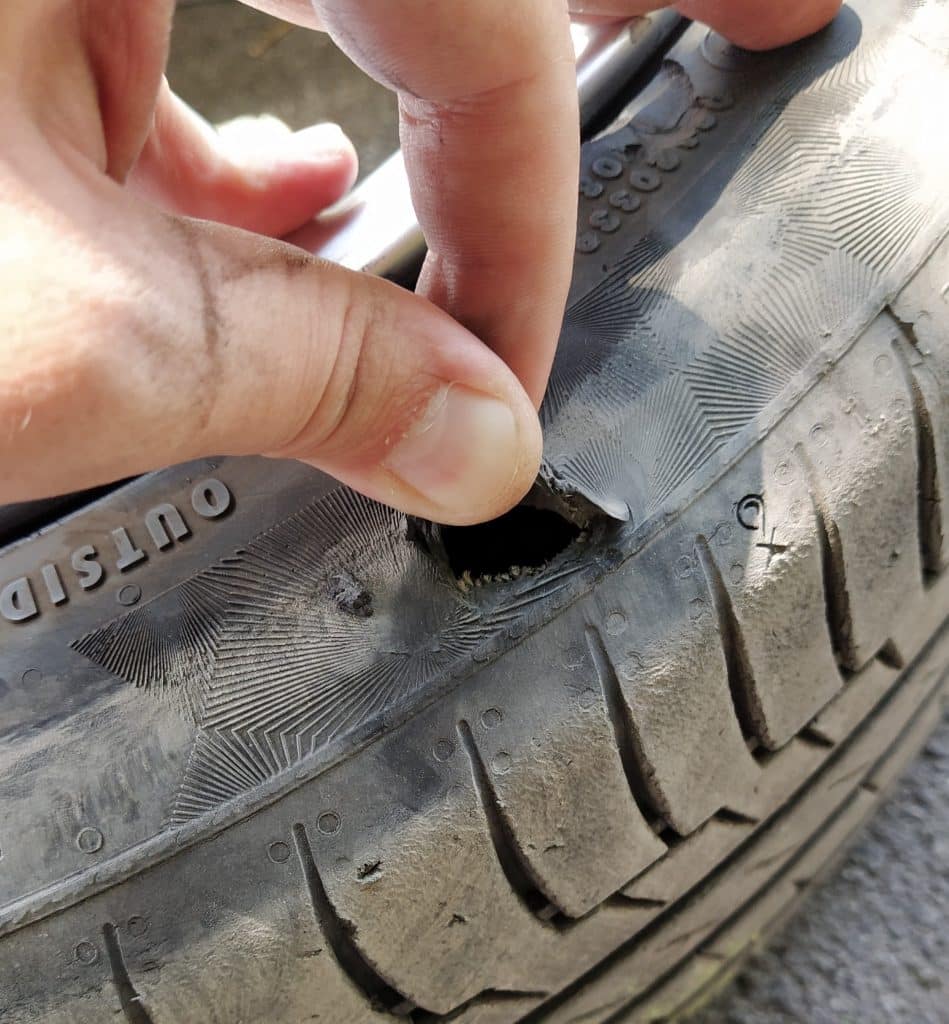
Combine a 6-inch curb with a greater speed and then you have a problem. The tire won’t be able to adjust the sidewall and the shock will squish it. In most cases, the damage occurs from sandwiching the tire between the wheel and the curb. This can cause damage from multiple standpoints.
If the impact isn’t massive and we’re talking about slower speeds, the tire may survive. On the other hand, the integrity of the sidewall’s construction may be compromised, something you’ll notice as you continue to drive. In many cases, this comes as a bulge, meaning that the construction isn’t able to hold the necessary shape. If this happens, it’s only a matter of time before the tire will blow.
Hitting a high curb at higher speeds is the worst thing that can happen. The sandwich effect may tear a piece of the sidewall. As you hit the curb, the wheel will compress the tire and the bead may tear off a piece once it hits the hard surface. To be honest, I haven’t seen many tires survive this, so try to avoid that as much as possible.
Finally, let’s talk about the condition of the tires, as that can also play a massive role in how much damage you’re looking at. A new set of tires usually fairs better because the internal construction is in the best shape possible. Older tires that’ve seen a rough life won’t be so lucky.
If you’re the type of person who doesn’t care too much about tires with potholes, curbs, and everything else that can damage them, you’ll probably finish them off when you go over a curb. They are already weak and it doesn’t take much to worsen the already bad situation.
Does every curb mean damage to a tire?
The most important thing to note here is what kind of damage we’re talking about. Completely running a tire with a massive hole in the sidewall isn’t something you’ll experience over every curb. For that, you’ll need some speed and a high enough curb.
With slower speeds or lower curbs, the damage won’t be visible initially. The rubber may seem fine, but you won’t know if the internal construction is compromised. To be honest, no one will be able to assess that until you see a bulge. Only then will you know that the curb you hit a while ago caused some damage.
At what speed can you damage a tire when going over a curb?
I’d be more than happy to give you an exact number, but unfortunately, there isn’t one. You may go over a curb at 20 mph and continue driving the same set of tires for years with no issues. On the other hand, you can damage a tire with only 5 mph. It’s important to note that the way you hit can also play a role.
If you hit the curb dead on, where the edge and the tread are parallel, then there’s more surface for the tire to absorb the impact. I’m not saying that the tire will survive for sure, but the chances of certain damage are reduced. Hitting a curb at an angle, where the outer part hits the curb, means that the chances of damage are much higher.
What else can you damage when you hit a curb?
You’ve read so far and thought that hitting a curb means that you only damage a tire, but that’s not the case. The tire is “connected” to the wheel, which is part of another assembly, that’s part of another assembly, that’s part of the entire car. Hitting a curb at a certain speed can cause a lot more damage to the rest of the car.
The most common damage you’re looking at, apart from the tire, is the wheel. Regardless if we’re talking about an alloy or steel wheel, if the impact is strong enough, you may have some damage to it. The chances of damaging the wheel increase in cars with tires that have thinner sidewalls. It won’t be able to offer the same dampening effect as a tire with a larger sidewall, so the damage may be unavoidable. The overall damage can range from a minor bend to a crack and a completely destroyed wheel.
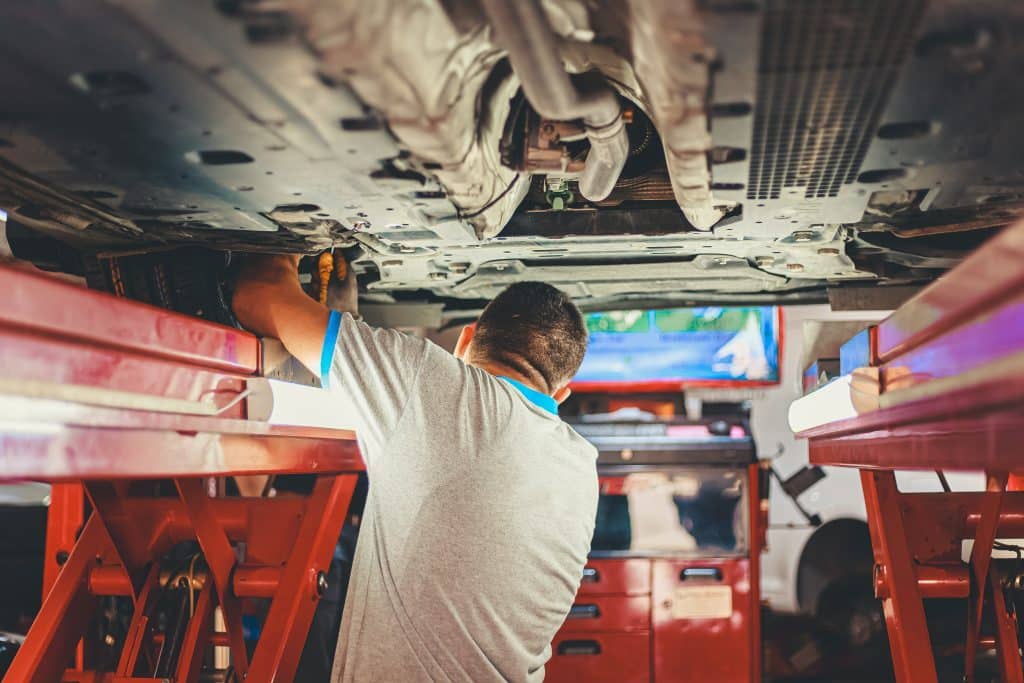
Next up, we have the suspension, which is the complex set of parts that helps your car ride the way it should. Hitting a curb will mess up the alignment in most cases, but it may not stop there. Depending on the severity of the hit, you may have bent control arms, damaged bushings, or maybe even bent shocks. Therefore, it’s recommended to take your car to a mechanic after hitting a curb to assess if there’s any damage.
Considering that in most cases the front wheels are first in line to take the hit from a curb, you’re risking damage to the steering system. This includes the rack, rods, knuckles, and a few other components. Unlike the alignment, which is an easy and cheap fix, with this, you’ll be paying a bit more.
While we’re at the front of the car, the suspension and steering components aren’t the only ones that can see some damage from curbs. In some situations, especially with higher speeds, you may end up damaging parts on the underside of the car. This includes the oil pan, transmission, exhaust, and more. To be fair, it takes a lot to see this kind of damage, but it’s not excluded.
Conclusion
Most people will look at curbs as the greatest enemy of tires and with good reason. Going over one puts them into a situation that they weren’t meant to operate. Sure, crawling over a curb isn’t the worst thing in the world, but hitting one can be problematic.
There are many kinds of damage that you can do when you hit a curb at a speed. In most cases, the tire will be the first one to go, followed by the wheel, suspension components, and steering. If you’re very unlucky, you may find yourself looking at a car with a bent frame, which is the worst of the worst.
Hitting a curb is something that you should try to avoid if possible. Avoiding a crash and hitting a curb is the lesser of two evils because you’re looking at less damage, but there’s damage, nonetheless. There is a large variety in the type of damage you’ll see and there are tons of aspects to consider, like the speed, height of the curb, weight of the car, where it hits, height of the sidewall, and many more.
If you hit a curb, the most important thing is to check for damage. With larger hits, you may notice the car not driving as it did before, indicating additional problems. At the end of the day, as long as you take it for inspection immediately, you’ll avoid causing additional secondary damage.
